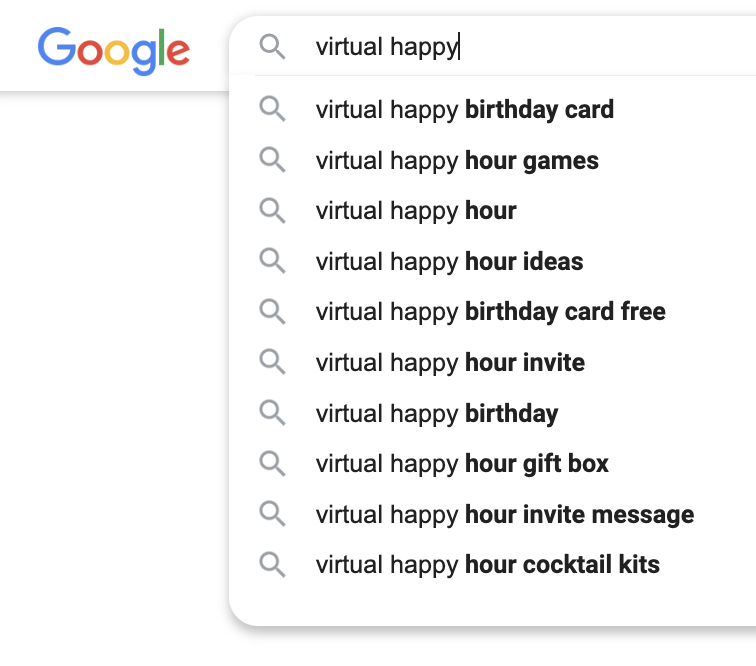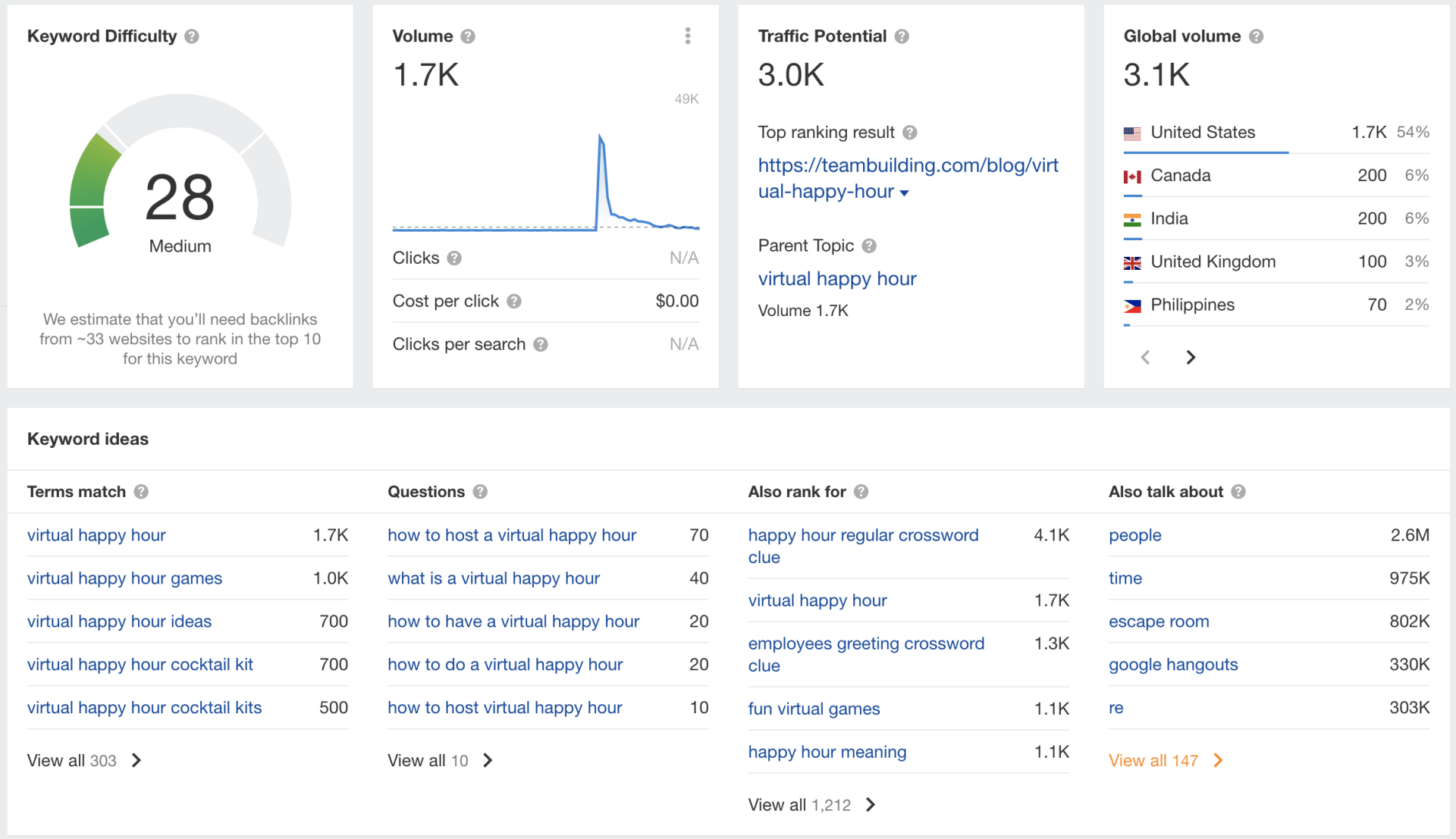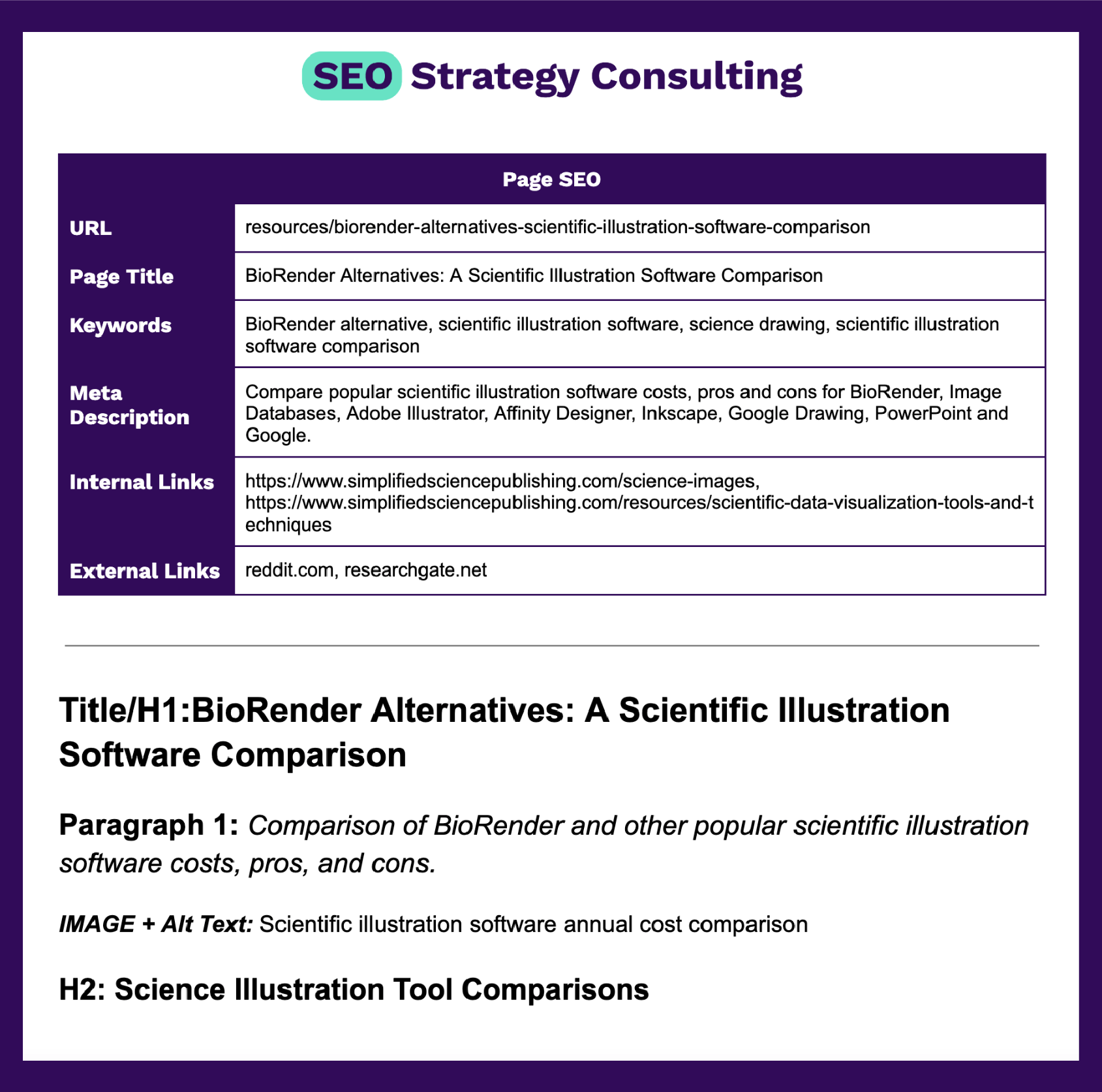How to Increase Website Leads Using Quality SEO Content
With the right content strategy, websites can become a powerful lead magnet for your business and generate strong traffic growth with minimal oversight.
What is Quality SEO Content?
SEO content is a website page that is designed to rank in search engines, such as Google. Most websites make the mistake of using marketing-focused SEO content that only describes their brand. Quality SEO content is different because it focuses on solving your customer's pain points by using in-depth target audience research to create useful information that your potential customers are seeking. By combining useful content with relevant keywords, websites can bring in thousands of new leads each month from organic search.
How to Create Content that Increases Qualified Leads
In order to create SEO content that both generates leads and ranks on the first page of Google search, you need to apply a research-based SEO strategy for every page on your website. This process beings by understanding the psychology of your customer-base to come up with a list of relevant keywords, completing keyword and target audience research to make sure you are focused on a useful topic that will earn high volume traffic from your customers, and then building a website page that combines technical SEO with engaging content and design. Finally, after the page is live, you need to build links and leverage the content in all of your digital marketing channels and incorporate them into your social media posts, emails, and influencer content. Learn how to implement this high quality SEO content creation process for your own business with the four steps below:
Step 1. Choose the right keywords
The first step to creating successful SEO content is to make sure you choose a keyword that your customers will be typing into a search engine and that the topic is both relevant and useful. After you choose a set of relevant keywords, the next step is to use keyword volume and competitor research tools such as Ahrefs or SEMrush to make sure that you are using the best possible keyword that will bring in the most traffic from your target audience.
For example, a client was using the keyword "virtual mixology class" for a page that wasn't earning as much traffic or sales as they expected. After reviewing the page content and completing keyword research, I revised the page keyword to focus on the keyword "virtual happy hour" which had over 4X the projected monthly website visitor volume (1,700 monthly website visitors compared to just 400 monthly visitors with the original keyword target).

Step 2. Perform in-depth topic and target audience research
After choosing the right keyword, you will need to do topic research and create a page outline that will cover all of the the things that your target audience expects and wants to know. This includes covering subtopics that Google expects to have for a specific keyword, which you can find by using content research tools and reviewing the topics covered in the current top-ranking Google pages. This step critical to making a page that will rank on the first page of Google search because you need to make content that makes sense to both potential customers and the search engine algorithms.

Step 3. Create an engaging website page
Many content marketers make the mistake of creating "fluff" content that simply stuffs the keyword multiple times into useless website pages. The right way to create quality SEO content that works is to make every page easy to understand, engaging to read, and provide real value for your potential customers. You also need to make sure that the content follows all of the SEO best practices that allow it to show up in search results. Below are detailed tips on how to create an effective website page.
SEO Best Practices:
- Strategic Keyword Placement: Include keyword in page title, URL, and thoughtfully within the page content.
- Meta Description: Write a compelling meta description that would make a customer interested in clicking on the link with natural use of a core keyword.
- Image Optimization: Include custom images with optimized file names and alt text to engage customers and allow Google to understand the content.
- Internal and External Links: Link to relevant resources, both within your website (internal links) and to other websites (external links), with descriptive text links and buttons in ways that improve the reader's experience.
- SEO Page Structure: Every page needs strategic text headers (H1, H2, H3, etc.) that allow users to skim the information and provides context for search engine algorithms.
Example SEO Content Outline

SEO Content Writing and Design
In addition to applying a thoughtful keyword strategy, you also need to write engaging content that answers the search intent and design the page in a way that makes it easy for your audience to find the most important information they were expecting to see.
This includes writing using a language style that is both friendly and knowledgable. It is also important to create logical sections that make it easy to understand the main points on the page from a quick scroll. Studies have shown that the majority of website visitors do not actually read a page, but only read the titles of each section and then read a couple additional sentences if the bold text suggests that it will provide solution to their pain point. Make sure your written content is organized thoughtfully to best support a skimmer's experience without extra fluff. This includes using bold headers to identify different sections and using white space and engaging images to break up the page.
Mobile and User Experience (UX) Design
Google also rewards pages that provide a good user experience. The algorithm that determines whether your page will reach the top of search results incorporates real user interaction data to help decide whether website visitors are engaged with a page for a relevant keyword search. They also crawl the mobile version of the page and assess download speed to determine if the page will load fast enough for a good experience.
The best ways to improve your UX, mobile, and pagespeed design is to make content that provides the valuable information for a given keyword, use design best practices to make the font, white space, color, and button design easy to read, and use a responsive website platform that is optimized for mobile experiences and image upload speeds. (See the SEO content example page: BioRender Alternatives).
My top recommended website platforms for search engine optimized websites:
- Duda: Great UX design on desktop and mobile with impressive pagespeed
- Wix: Great for do-it-yourself SEO websites
- Squarespace: Easy-to-use templates and fast pagespeed
- WordPress: Best for blogs (Oxygen site builder is best for pagespeed with Rankmath recommended as your SEO plugin)
- HubSpot: Great for UX design and managing full business operations.
SEO Content Page Example

Step 4. Amplify the content impact
Every page you create for SEO has the potential to be both an organic traffic magnet as well as an outreach tool for all of your other digital marketing channels. That is why the final step is to amplify the impact of the page by using in all of your other digital marketing channels. This includes posting links to the new page on all of your social media accounts, sharing the resource in your email campaigns, and seeing if there the content is an appropriate fit for advertising with influencers in your industry.
High Quality Content Summary
Quality content = quality leads. By executing a combining a good SEO strategy with high quality content, your website can become a lead generation machine. Below is a summary of the four steps that we use to create SEO content that generates results:
- Choose the right keywords using keyword tools and behavioral psychology insights
- Perform in-depth topic and target audience research
- Create an engaging website page that provides real value for your potential customers
- Amplify the impact of the content by using the content in all of your digital marketing channels
By implementing this SEO content strategy on my scientific illustration website, I was able to increase my annual website leads by 91% and my monthly organic website visitors went up from 200 new users a month to over 5,000 new users a month.
Global SEO Campaign to Increase Leads and Traffic
Karen Thiebes, Founder of Simplified Science Publishing
USEFUL LINKS
FREE CONSULTATION
You need a helping hand with your project?
Thank you for requesting a free SEO consultation!
We will get back to you with potential meeting times as soon as possible.
Please try again later
USEFUL LINKS
REQUEST CONSULTATION
Thank you for requesting a consultation!
We will get back to you with potential meeting dates and meeting times as soons as possible.
Please try again later.
All Rights Reserved | SEO Strategy Consulting, LLC


